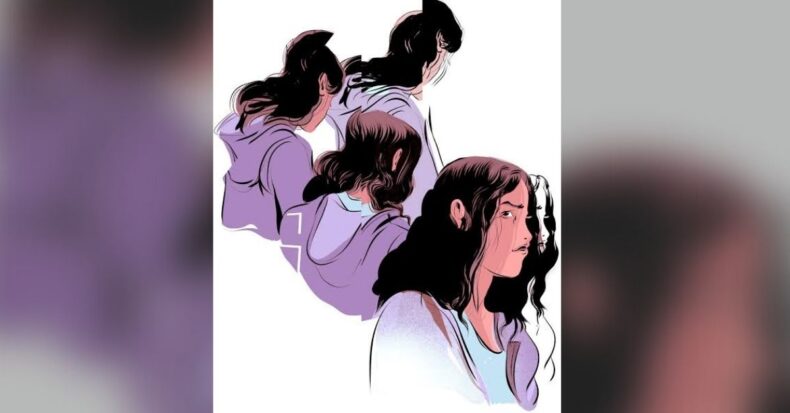New Delhi: The alleged Rape, murder and forced cremation of a nine-year-old Dalit girl on August 1 at Nangal village in Delhi’s Cantonment area has picked up divisive political traction.
Under the supervision of an ACP-rank officer, Delhi Police is investigating sexual assault, culpable homicide, murder under POCSO, SC/ST Act, section 304(culpable homicide),342(wrongful confinement),201(causing disappearance of evidence) and 34(Acts done by several people in furtherance of common intention) of Indian Penal Code.
On the other hand, Political factions are engaged in a spat over the caste of the deceased girl and accused – Radhe Shyam (55).
Several politicians and activists visited the victim’s family, including Delhi’s CM Arvind Kejriwal and Congress leader Rahul Gandhi.
Bhim-Army chief Chandrashekhar also visited the victim’s family. And rightly so.
Lack of the first-principle argument by Journalist on the issue
However, the schism started after Journalist Arfa Khanum in a tweet, vaguely suggested that the religious and caste identity of Radhe Shyam has some relevance in the crime.
It is to be noted that Radhe Shyam, “the upper caste priest”, was one amongst three other accused – Mohammad Salim (Raju), Lakshmi Narayan and Kuldeep.
Arfa’s tweet was soon met with outrage, and the incident quickly turned into a flashpoint between rival Political camps.

Such a trope wherein there is a greater emphasis on the identity of the accused involved is no surprise in the Indian political landscape.
Be it the Kathua Rape case or Delhi Mosque rape case, the religious identity of the accused quickly becomes the operative word.
While there are serious arguments on the historical oppression of Dalits by members of the upper caste in India, but it seems now that those frameworks have become a tyrannical commonsense.
Journalists often assume the role of an academician and push forward such abstract theories through their works.
They do so despite the unique opportunity their profession offers, which is to test various theories by bringing up well-substantiated real stories.
Arfa Khanum, other than offering a theory, is yet to explicitly clarify how the caste identity of the ”upper-caste priest” “facilitated the Rape and not the identity of other accused involved.
Toning down Public Debate on Rape
What harm has the alleged caste crime angle done to rape discourse?
Unfounded Intersectional insertions rob the space that serious social issues such as Rape deserve in public discourse.
Soon after Arfa alleged the girl’s Rape being a caste crime, individuals from rival camps waged in enthusiastically sought to absolve the caste and religious identity of the accused.
In short, much of the public discourse quickly shifted away from Rape to focus on identity binaries.
Theories that offer a credible explanation of historical oppression by different groups have a characteristic feature which everyone should be wary of. They tend to have a
Top-Down approach, which means that they offer an already developed framework that may or may not be best suited to individual incidents of violence between social groups.
It is up to the wielder of those theories and their better judgment to not let any anomaly creep in.
Theories of caste oppression make serious and credible arguments, but even then, it doesn’t overrule the necessity for well-substantiated journalism.













